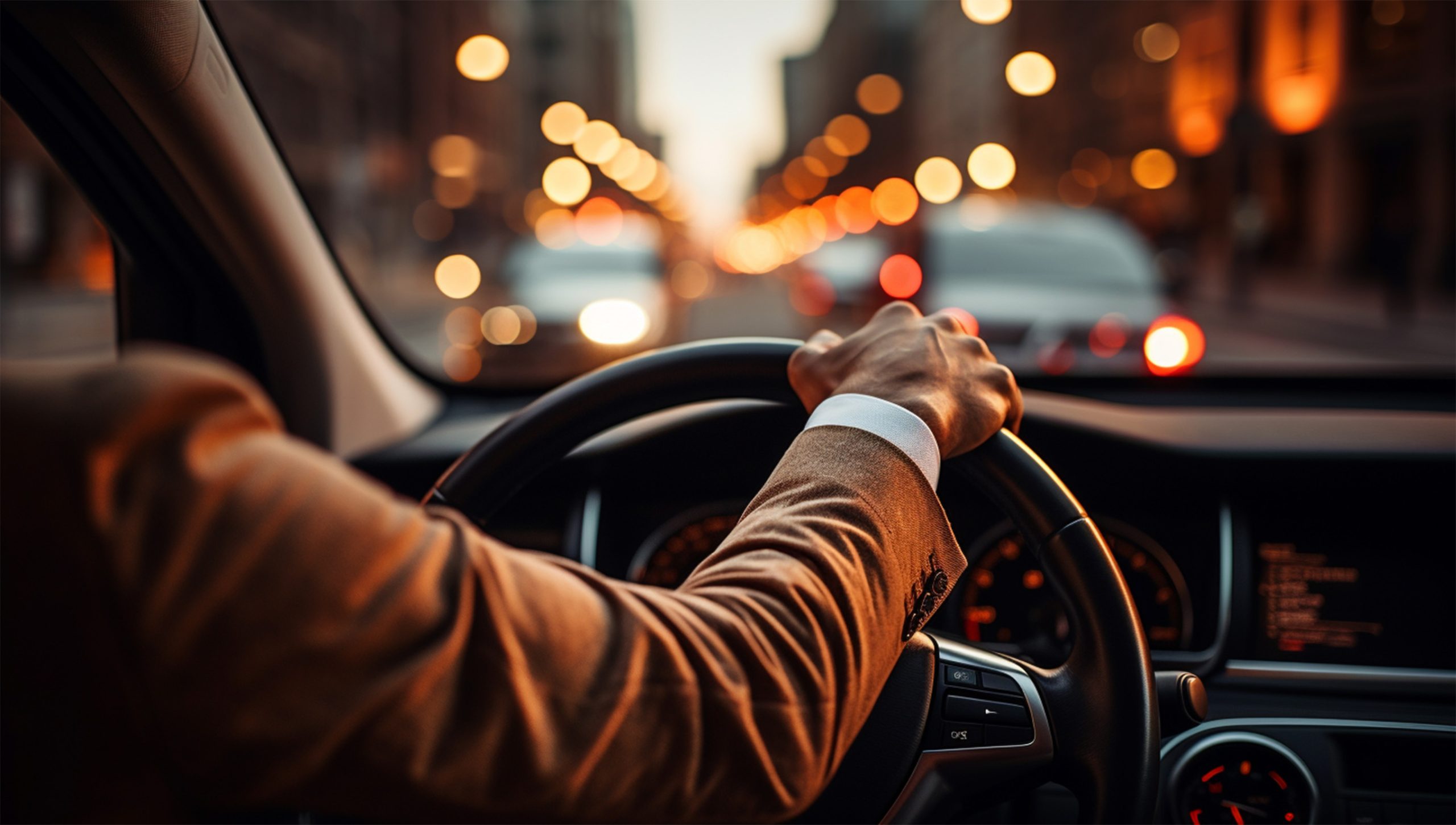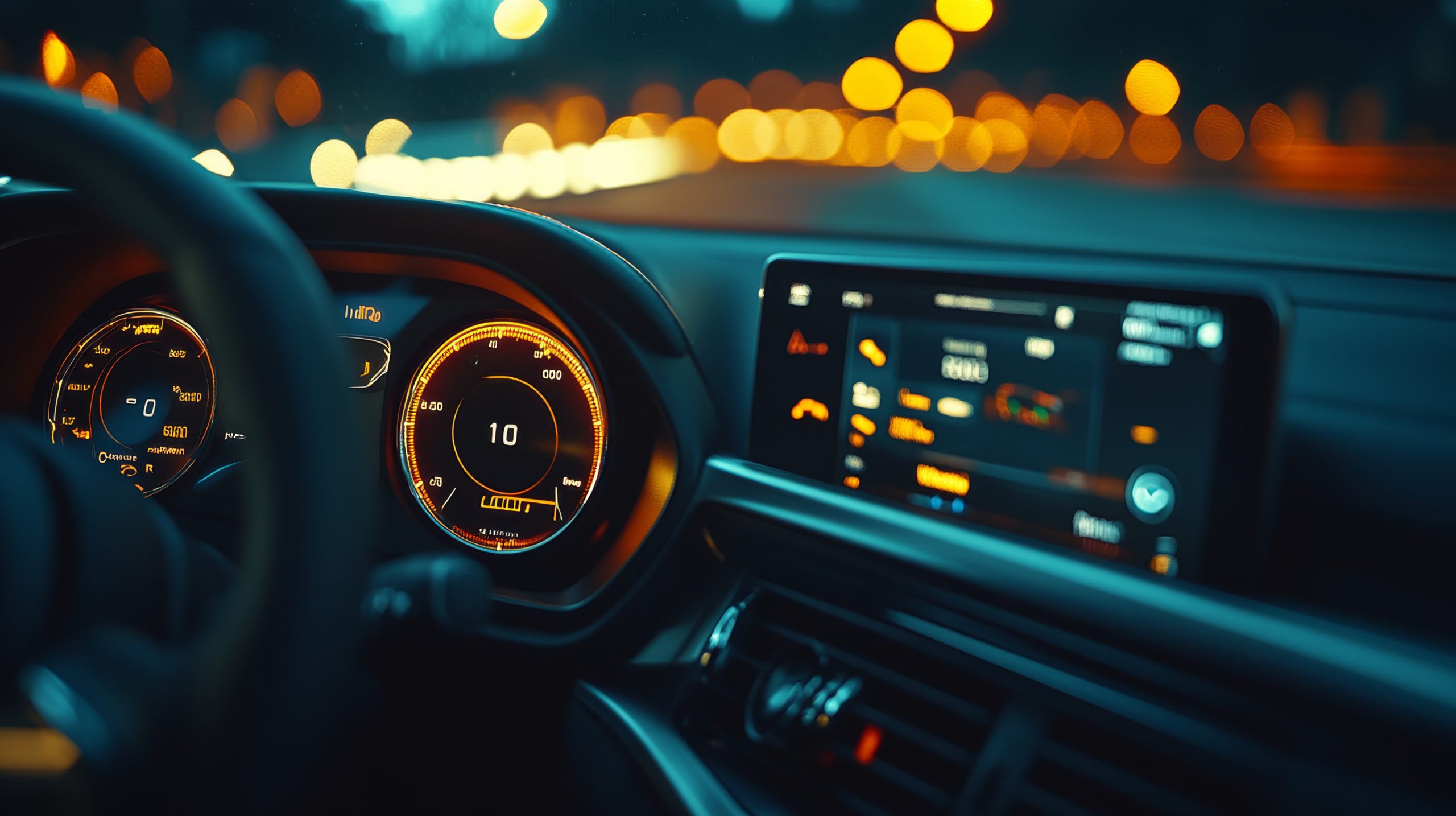
In the age of smartphones and smart homes, it should come as no surprise that today’s cars are just as data-hungry as the gadgets in your pocket. Modern vehicles are more than just machines that get people from point A to point B — they’re mobile data centers, constantly watching, recording, and learning. Whether it’s how fast the car is driven, how sharply it brakes, or how often it veers out of its lane, the information is being collected and stored in ways many drivers don’t even realize.
Automakers, insurers, and tech companies are eager to harness that data for everything from safety features to profit-driven algorithms. And while some of these systems are designed with good intentions, others raise serious questions about privacy, control, and consent.
1. Infotainment Systems
Infotainment systems have evolved from simple radio controls into powerful digital hubs that know more than many drivers realize. These platforms can store contact lists, call logs, text messages, and GPS locations when a phone is paired through Bluetooth or USB. Voice commands used to control music or navigation are often recorded and uploaded to company servers for “quality assurance” or AI training purposes. Even interactions with apps like Spotify, Google Maps, or Apple CarPlay can generate behavioral profiles over time. With every button tap or voice prompt, the system builds a clearer picture of not just driving habits but personal preferences.

2. Onboard Diagnostics (OBD) Systems
What was once a tool for mechanics is now a silent observer of nearly every move behind the wheel. Onboard diagnostics systems monitor things like throttle position, speed, braking intensity, and even how frequently windshield wipers are used. These systems communicate data to manufacturers in real time or during service appointments, contributing to driving behavior logs. Many newer OBD setups can be accessed remotely by automakers or third-party apps to analyze how a vehicle is being used. While they help with maintenance and performance optimization, they also open the door to ongoing surveillance.
3. Advanced Driver Assistance Systems (ADAS)
The sensors and cameras used for lane-keeping assistance, adaptive cruise control, and automatic emergency braking are always scanning and recording. These systems track how often drivers veer off course, fail to signal, or get too close to other vehicles. Some ADAS features feed that data back to manufacturers or cloud services to refine AI algorithms and develop autonomous driving technologies. Over time, the system can create a detailed behavioral map that reflects both safe and risky habits behind the wheel. While the goal is often improved safety, the amount of personal driving data captured is vast and rarely transparent.
4. Usage-Based Insurance Devices
Insurers now offer discounts in exchange for allowing them to monitor real-time driving habits, often through plug-in dongles or mobile apps. These devices measure speed, acceleration, cornering, time of day, and how often hard braking occurs. While the promise is lower premiums for safe drivers, the trade-off is detailed behavioral data being collected and analyzed continuously. Some policies even penalize drivers for late-night driving or frequent short trips, regardless of actual risk. What starts as a money-saving offer can quickly become a system of constant evaluation and judgment.
5. Telematics Control Units (TCUs)
TCUs are embedded modules that wirelessly transmit vehicle data to automakers or service providers. These systems communicate location, engine status, fuel efficiency, and driving patterns back to a central server, often without the driver ever knowing. TCUs play a vital role in fleet management and connected services, but in personal vehicles, they silently compile vast amounts of behavioral data. The information is frequently shared with third parties, including advertisers, developers, and insurers, depending on the automaker’s data-sharing policies. With cellular connections built directly into the vehicle, this data stream is always active — even when the car is off.
The Road Ahead Is Watching
Data collection in modern vehicles is no longer a distant possibility — it’s already happening every time a car starts up. While many of these systems offer convenience, safety, or savings, they also blur the line between helpful innovation and invasive surveillance. Most drivers have little say in how their data is collected, where it goes, or who profits from it. As cars get smarter, the conversation around transparency, data rights, and consent will only grow louder.
Have thoughts about this new reality on the road? Drop a comment and share your perspective on whether this level of tracking goes too far — or if it’s just part of driving in the digital age.
Read More
8 Tech Upgrades That Are Making Cars Easier to Hack
10 Design Flaws in Modern Cars That Mechanics Are Tired of Fixing
The post 5 Car Systems That Are Collecting Your Driving Behavior appeared first on Everybody Loves Your Money.







